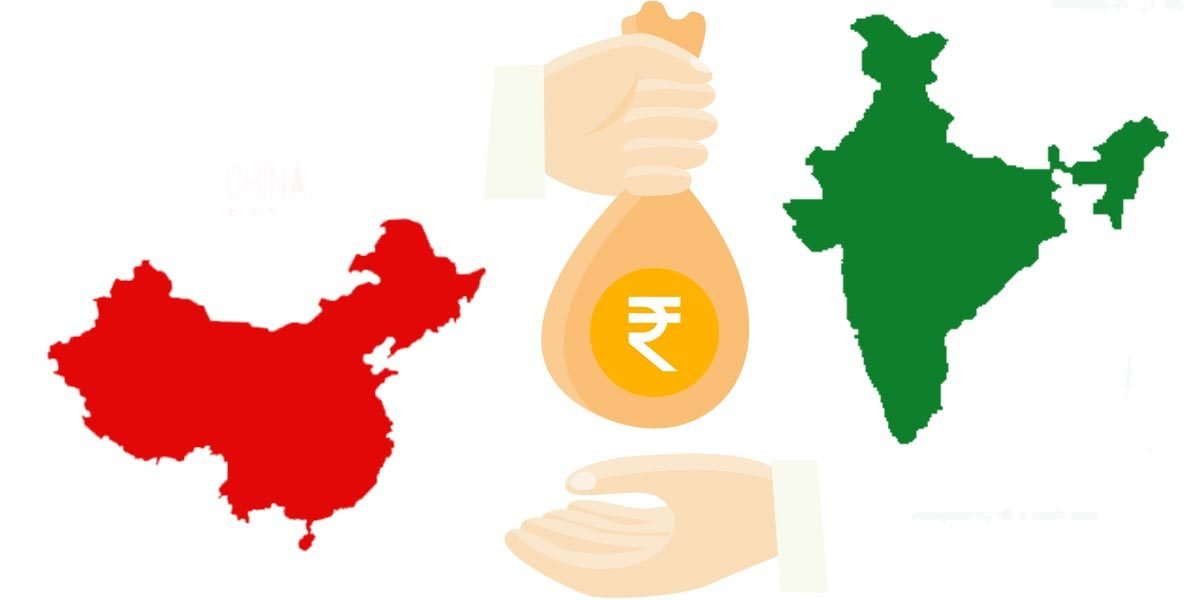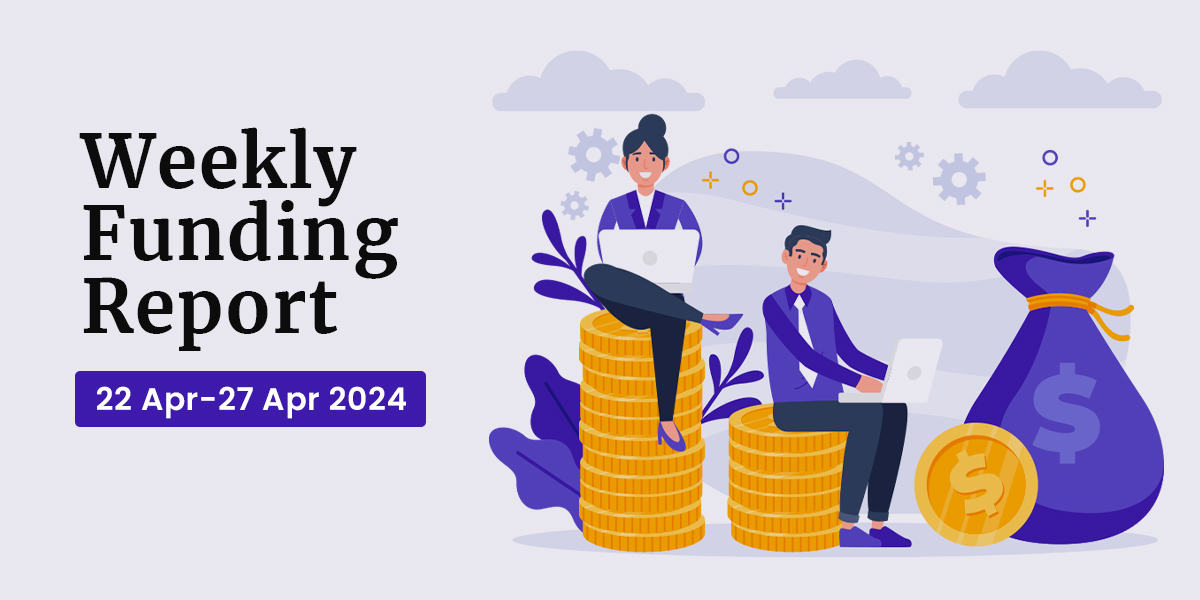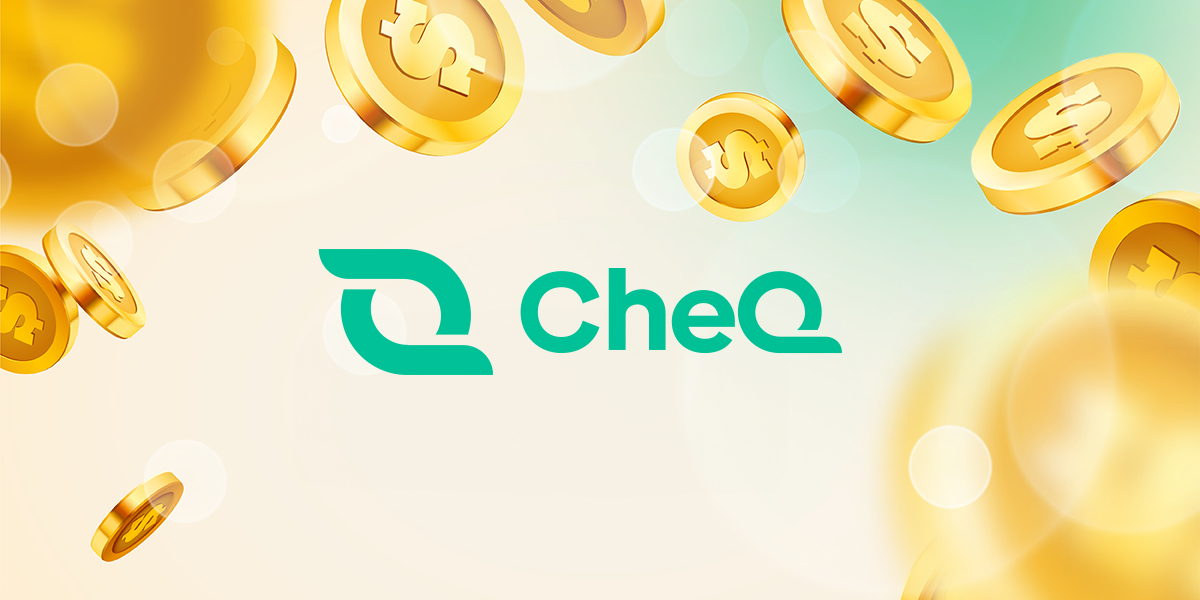During a time when Indian public sector banks are making lending process a tough task for customers, online peer-to-peer (P2P) lending platforms have come into existence as an alternative. Not only providing hassle free loans they are also bringing lenders and borrowers on same plane .
In April 2017, six associates banks merged with State Bank of India (SBI), the state-owned banking utility. A decision by Indian Government that gave the extra push for SBI to become India’s largest lender among the top 50 banks in the world.
But a year on, the move is losing its sheen with new online P2P players emerging in the sector. These platforms are bringing together borrowers, mostly rejected by the banks who have cumbersome and tight norms for lending, and ready lenders at one stage. In a nutshell, using the space gifted out to them by PSU banks.
Platforms like Faircent, Lendbox, LendenClub and i2iFunding are major players in the segment. They offer lenders interest rate ranging from 20-35 per cent. These platforms earn from both the lender and borrower when a loan is disbursed. They roughly earn around 5-7 per cent off of every loan. The average loan duration is about one and half years to two years.
Coupled with data and technology, these companies grabbed the attention of lenders and borrowers in no time.
Lessons from China’s lending market
As the parallel lending started to flourish, the industry was hit by the alarming defaulting rate and sliding faith of lenders largely due to its being not well regulated. China P2P lending market is a prime example.
In fact, China P2P lending market, which is considered largest in the world with 50 Mn users and outstanding loan size of around $193 billion, has been witnessing rapid shut down largely due to reports of defaults, sudden closures, and frozen funds.
In 2018 alone, 4,334 P2P lending platforms failed (under investigation by police or unable to repay investors) after the Chinese regulator crackdown, according to Yingoan Group.
The Chinese regulator also found some of these platforms being involved in raising funds illegally and running Ponzi schemes busted after the crackdown.
P2P platforms like Qian88 and Lqgapp choice to shut down instead of complying with stricter regulations also added to the panic among investors and borrowers.
This happened because Chinese P2P growth was largely based on high-interest rates and exaggerated return figures. And many borrowers reportedly stopped paying back their loans.
Investors lost confidence in these platforms, as they saw a high default rate and they became uncertain about their survival. With rising uncertainties around, there is a possibility of Chinese regulators ban the business or outlaw them for giving rise to Ponzi like schemes.
Looking at Chinese p2p lending story, one may get the feeling that the same might happen in India as well. Yes, it might.
Should we be judgmental about the Indian market?
But before we being judgmental, there is need to look at Indian P2P lending market to ascertain the fact how it is different from the Chinese one.
Indian P2P lending industry, which is only 6 years old, disburse around Rs 350 crore every year. The market is estimated to grow 20 per cent monthly. Only last year it came under an RBI regulation.
The Central Bank registered P2P lending platforms as non-banking financial companies (NBFCs). While there are around 20 P2P lending firms in the country, RBI has registered 7 firms as P2P lending NBFCs. A few of the companies are still waiting for approval.
Difference between Chinese and Indian Market
As mentioned above, there were no steps taken by the Chinese regulator till industry became so huge. P2P lending is still lending business. But it was not run like one in China.
In China, most of the P2P platforms committed to lenders that they will return the money with the high-interest amount. And this is curbed in India by RBI.
The regulator bank has curbed platforms from committing or guarantee any kind of return, says Bhavin Patel, co-founder of Lenden.
Do Indian P2P platforms have a similar fate as Chinese?
The answer is both yes and no.
Yes, when compared with China but with more appropriate regulation in place. Especially, in case of default, the recovery is left on lenders, not platforms. More often lenders on the platform perish as borrowers default on their loans. And there is no specific outline for the lenders for performing recovery. Lenders are left on their own to do that.
As per RBI guidelines, P2P firms will have to take banking license if they want to take away the credit risk of lenders.
No, because still in India P2P firms are grappling with high default rate and disbursement limitation for lenders. In India, the default rate ranges from 3 to 50 per cent. These are confidence killers for lenders, who most probably due to this reason may opt out of business. This means no business for the lending platform.
Therefore, there is a need for regulation in this regard to keep a large pool of lenders interested in the business.
Meanwhile, the segment offers a huge opportunity for existing and new players in the country. There are over 150 million consumers who are eligible for credit but are unserved by banks, according to TransUnion CIBIL’s 2018 report. MSME sector has an unmet demand for credit of around Rs 25 trillion, according to ICRA.
In nutshell, if the segment present scenario can be explained in cricketing terms, Indian P2P lending segment is like a new batsman, who has taken a stance and is almost ready to face the ball. Whether the batsman gets out or scores run, only time will tell.













